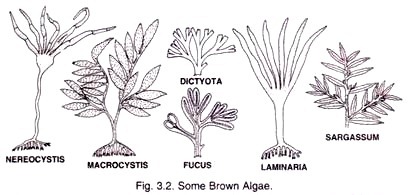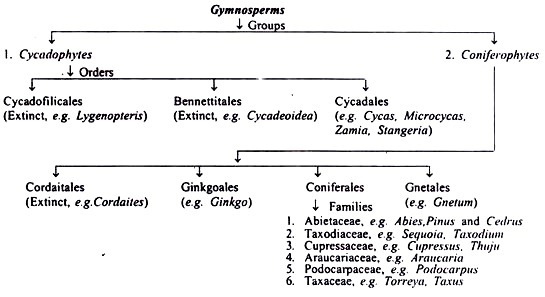Functional effect of environmental factors (physical, chemical, biological and anthropological) in a small area can be defined as ‘micro-environment’.
Highlands have a specific micro-environmental significance as they have some specific micro-level environmental characters due to elevation, slope, soil condition, and groundwater conditions etc., which influence the local ecology.
Tripura, a peripheral state of North-East India is marked by its geomorphic diversity especially highlands and lowlands.
Folded hills, dissected highlands and lowlands of this area are strong evidences of geo-tectonic and geomorphic process dynamics through the geological history of Tertiary and Quaternary periods (Dutta, 1974; Nandi, 1974).
The dynamic nature of the climatic condition through the geological period influences the development of landform of Tripura along with tectonic processes (Nandi, 1985). According to Alam et al. (2003) this is a part of eastern geo-tectonic province of the Bengal Basin. The highlands of Tripura, which developed by sediment deposition and thereafter uplifted by tectonic process during the Tertiary-Quaternary period (Nandi, 1985; Dey, 2005), strongly support the above view.
The highlands consist of ‘Dupitilla’ type of sediments, which are estuarine brown clayey sand, mottled silty clay, white to grey sand rock with silt bands and white clay of late Pliocene epoch. The present soil conditions over highlands are sandy and sandy loam (Geological Survey of India, 2004). The top of the highlands are covered by grasses.
It has been observed the highlands (locally known as tillas) slopes are covered by dense forest in Tripura. Sal, Bamboo, Gamar, different types of grasses etc., grow on these slopes which are also economically very important species. From the ancient period shifting cultivation has been done on the slope of the highlands and hills by the tribal people of this state.
In most of the places of the adjacent low lands, which are locally known as lungas, are used for food crop production and the highlands tops are used as residential purpose in the rural Tripura. This is a very common traditional practice in this state. Recently the tilla tops and slopes are also used for plantation of rubber and tea. Considering the physical and ecological importance we decided to perform a micro-environmental study on the plant diversity of highland slopes of Suryamaninagar area of Tripura to assess the nature of plant diversity of the highlands. This study area is located only 20 km south to Agartala, the capital city of Agartala.
Geomorphologically this area consists of highland (tillas) and adjacent lowlands (lungas). The tilla slopes are normally 25° to 57°, but at some places the slopes are recorded more than 80°. The slopes of the highland of this area are covered by dense tropical-monsoon mixed types of vegetation which made the present authors interested to conduct the study.
The main objectives of the study are:
(a) To identify the morphological slope and plant relationship and
(b) The range of plant diversity in this area.
Methodology
Pre-Field Study:
Prior to visiting the field area, the present authors surveyed the existing literature such as reports of Geological Survey of India, Department of Environment of Government of Tripura etc., and recent research papers published in different journals and presented in different seminars, congresses etc., to prepare a complete fieldwork programme.
Historical literatures often preserve some valuable evidences of physical environmental change as historical events are influenced by environmental conditions. To assess the early environmental change through historical period this author used some existing relevant historical records of this area available from different literatures.
Methods of Fieldwork:
The fieldwork was conducted from the January to August of 2006. Different techniques have been applied and instrumental survey works (simple dumpy level and clinometers etc.) have been done during fieldwork to find out the geomorphologic evolution of this area.
Angles of slopes of different parts of tills lands were measured. Micro-level angle of slopes were measured by clinometer. Pattern and characters of natural vegetation were studied systematically. Plant coverage on the bottom, slopes and top of the tilla lands were measured on the basis of their height.
Plant coverage = Number of plants/25 sq. metre.
Besides that different plant species and their families were identified during the field work.
Post-Field Data Analysis:
Geomorphic and botanical data collected through field investigation have been used for statistical testing. Micro-relief variations of the 5 selected slopes were calculated from the data of micro-slope angles. Relationship between micro-angle slopes of this area and the plant coverage has been analyzed by sophisticated statistical software.
Every 25 sq. m area has been considered as land unit or ‘squire’ on the selected profiles and maximum micro-slope angle has been taken for the measurement of relation between with plant coverage. Maximum micro-slope angle is considered as the indication of undulation range at micro-level.
Some antic maps and literature were consulted along with field data for detection of environmental changes. Geological and geomorphological map (Scale-1: 50,000), Current land use map published by Settlement office, toposheets (Scales: 1: 63,360) etc., were also consulted.
Results and Discussion:
Micro-Relief Variation on Highland Slopes:
The present study area has a remarkable micro-relief variation which also influences surface runoff and growth of small and medium plants. On the basis of the field data of five selected profiles (Table 1) of the highland (station distance is 5 m) it has been observed that maximum micro-relief variation is 0.14m and minimum-0.01 m while maximum total elevation change observed is 0.7 m within 25 m length of the profile. So, this landform is very undulating in small scale.
Types of Plants:
This high land is very rich in valuable plant resources. In this place total 34 families are found and total 73 types of species of plants are observed by the present authors. Table 3 is showing the plant species and the families where they are belonging.
It is very remarkable that among the total 73 types of species, all are found together within a very small area of the highland (only within 4 km2 area). It has also been observed that the number of types of plant species is the same on the total area of the highland (about 122 km). So, it can be said that the level of plant diversity is very high in this area.
Another interesting feature is that among the 34 families 19 families have only one type species, 5 families have 2 types of species, 3 families have 3 types of species, 3 families have 4 types of species and 1 family has 5 types of plant species. Only one family (Fabaceae or Lequminosae) has 10 types of plant species. This is also a strong evidence of high level plant diversity on the present study area (Table 4 and Figure 5).



